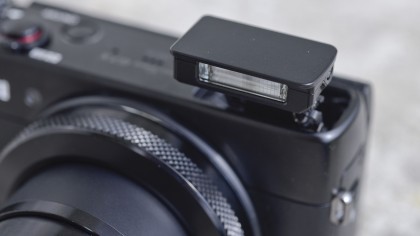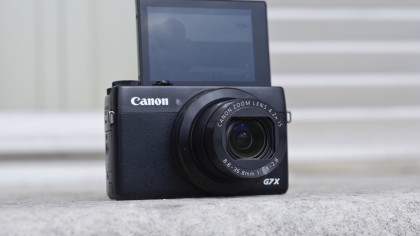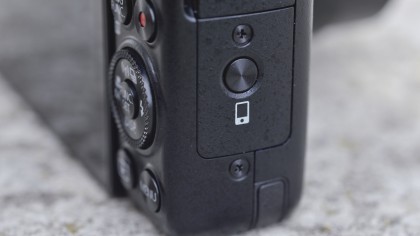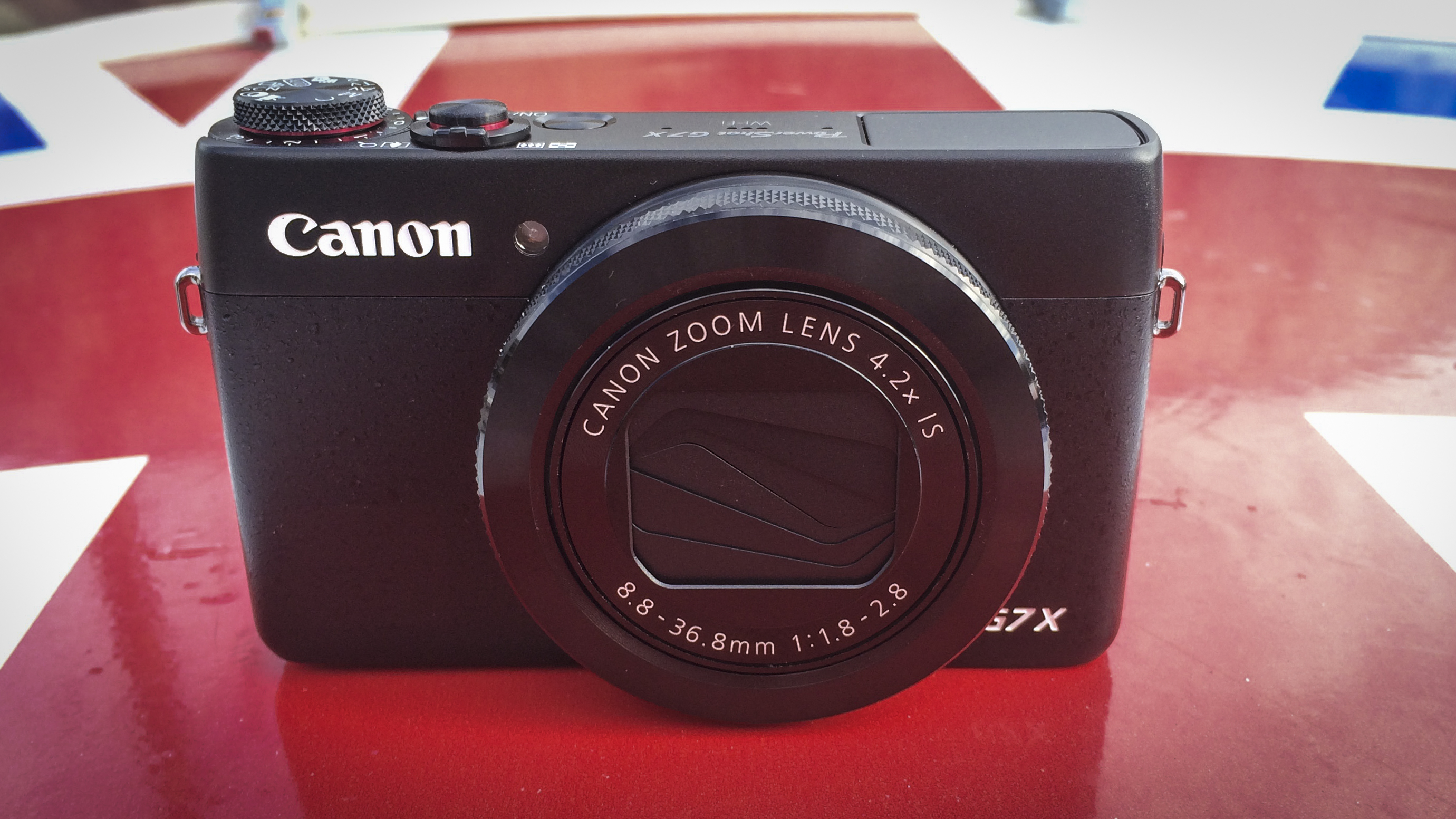Why you can trust TechRadar
We have been very impressed with Canon's compact cameras in the past, and the G7 X doesn't blot Canon's copybook. Images generally look good straight from the camera, in most cases having correct exposure, pleasant colours and a good level of detail.
Images taken at the lower sensitivity settings look very good indeed, but if you choose to look for it at 100% there is luminance noise visible in images taken at ISO 400 and higher. Areas of very fine detail tend to be rendered as a wash of fairly uniform tone, but at normal viewing sizes the results are very good. I found that images look good up to around ISO 6400, when a little softening and loss of detail becomes apparent in JPEG images. However, even shots taken at IS0 12,800, the highest value available, look pretty good at around 10x8 inches. Those who shoot raw files can choose the balance of noise reduction against detail retention.
Images shot at the longest point of the lens look sharp across the frame, only dipping a little in quality at the corners. Those shot at the widest point of the lens, however, show a more noticeable drop in quality across the frame. At 100% on-screen, coma distortion – the distortion that makes dots look like commas – is apparent in the corners.

The G7X's general-purpose metering system works well in the majority of situations, but it's worth bearing in mind that the exposure may shift if the subject under the active AF point is very dark or very bright. This can be problematic in very extreme contrast situations, but the exposure compensation facility is conveniently to hand if adjustment is required.
The large bright areas of a river scene early in the morning with a white overcast sky above also resulted in underexposure of the darker areas, despite positioning the active AF point over a dark part of the scene.
Canon cameras have some of the best automatic white balance systems around and the one in the G7 X copes with most situations very well. As is often the case, images can get rather warm looking when scenes are shot under artificial light. However, this is easily corrected using a Custom white balance setting. This is set by Selecting the white balance and then custom white balance option in the function menu before pressing the Ring Function button while the highlighted area is over a white (or neutral grey) target. It's actually a simpler process than Canon employs in its SLRs and the company would do well to adopt the approach more widely.

I found the G7 X's autofocus (AF) system fast and accurate in normal daylight conditions. It also performs pretty well in darker conditions, only becoming indecisive in very low light situations. One frustration, however, is that it's not possible to control the AF point in fully some of the automatic shooting modes. In Hybrid Auto mode, for example, the initial point can be set with a tap on screen, but the size and location of the AF point varies as the camera moves. In most situations the camera does a good job of selecting the subject, but many would prefer to able to take control.
Sign up for breaking news, reviews, opinion, top tech deals, and more.
The results produced in Creative Shot mode are fun and some look very good – but as is the nature of a random effect, some leave you scratching your head and wondering why the crop or treatment has been applied in that way.

Verdict
The compact camera market is tough at the moment, but that's great news for the consumer as manufacturers are being pushed to create even better cameras with more features. Consumers are also much better informed these days and many appreciate the benefit of having a physically larger sensor; it creates a stronger signal which means less noise and greater dynamic range, as well as giving more control over depth of field.
The wide maximum aperture also means that safe hand-holding shutter speeds can be used even in relatively low-light (this is backed-up by image stabilisation) and there's plenty of creative potential.
The G7 X is a great little camera for enthusiasts who want something that they can slip into a jacket pocket to take better images than they can with their smartphone. It looks set to offer strong competition against the Sony RX100 II, although the latter currently holds the edge with its built-in viewfinder (although it's rather clunky to deploy).
It's control arrangement is excellent and the lens ring provides a quick way of adjusting key parameters. It's also great to have an exposure compensation dial. However, if you're looking for a compact camera with retro controls, the Panasonic LX 100 goes a bit further with the addition of a shutter speed dial, an aspect ratio switch AND an electronic viewfinder.
We liked
Although it's a G-series camera the G7 X is a look sleeker and more attractive than the G16 and G1 X Mark II, it's much more like the Canon S120. It also feels solidly put together and has an excellent control arrangement.
Importantly, image quality is high and it's possible to record raw files as well as JPEGs which gives photographers maximum control over the noise control, white balance and colour of their images.
We disliked
The only significant problem I have with the G7 X is that it doesn't have a viewfinder. Viewfinders are making a welcome reappearance in compact cameras and although there are many without them, key competing cameras like the Sony RX100 III and Panasonic LX100 have them built-in. While the G7 X's screen offers a very clear view indoors and in overcast conditions, reflections are an issue in bright light and composition and manual focusing becomes tricky.
Some users may also be disappointed by the lack of a hot-shoe, but there is a small flash built-in.
Verdict
I think that Canon has produced one of its best compact cameras to date. The 1-inch 20.2Mp sensor, 24-100mm (equivalent) f/1.8-2.8 lens and excellent handling make the Canon G7 X a superb option for someone looking for a pocketable alternative to their SLR or CSC. The only downside is the lack of a viewfinder. It will be interesting to see how the results from the Panasonic LX100 compare to it when we get a review sample in for testing.
Current page: Performance and verdict
Prev Page Sensitivity and noise images Next Page Sample images